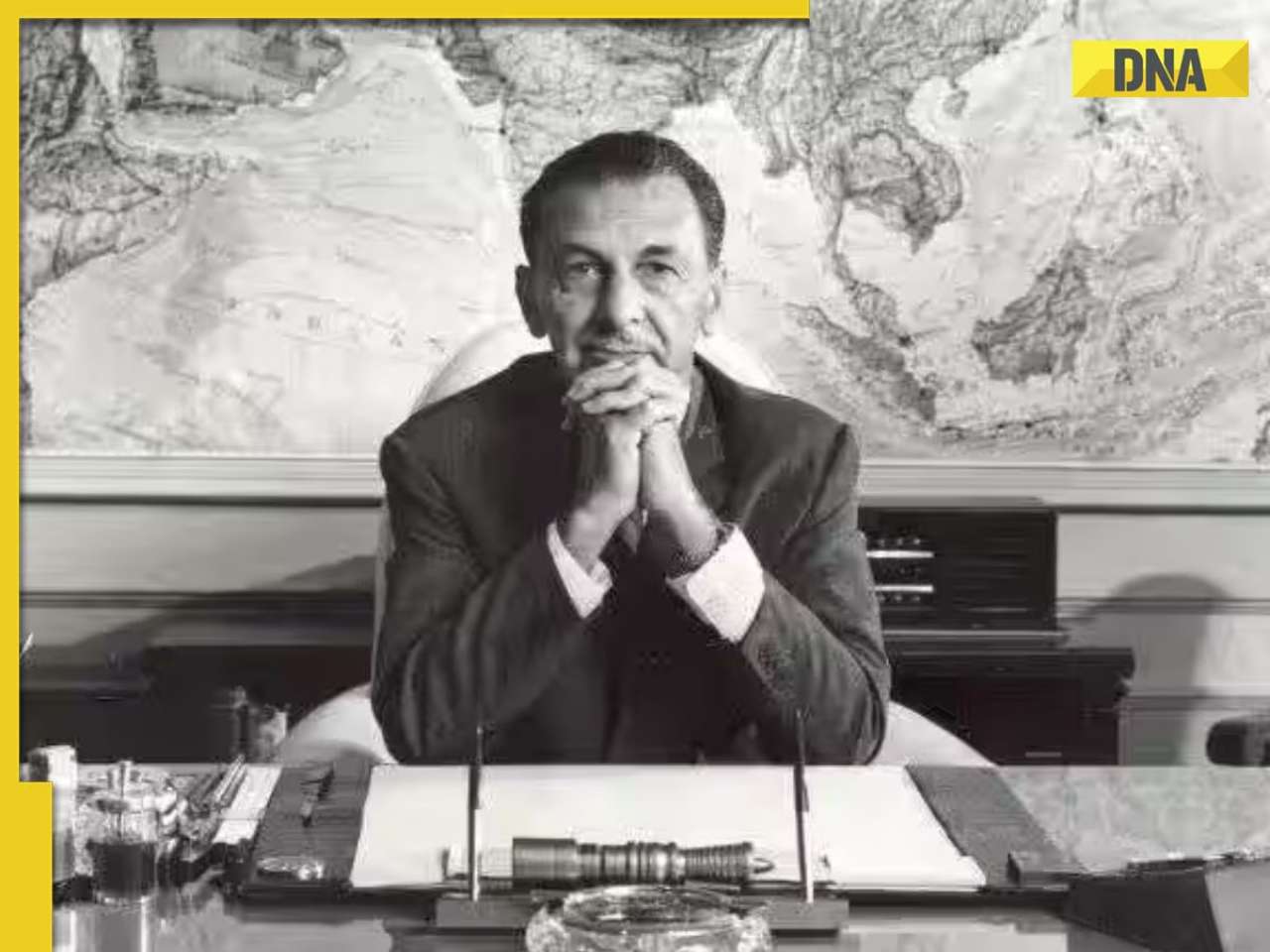At five years, Jehangir, the son of industrialist Ratanji Dadabhoy Tata, was captivated by airplanes.
Today is the birth anniversary of Jehangir Ratanji Dadabhoy Tata, popularly known as JRD Tata and the Father of Indian Civil Aviation. JRD Tata’s passion for flying and his pioneering efforts in aviation left a lasting legacy. Even after the government took control of Air India, JRD remained its chairman, underscoring his dedication to the airline he founded.
At five years old, Jehangir, the son of industrialist Ratanji Dadabhoy Tata, was captivated by airplanes. During summer vacations in Northern France, he eagerly watched Adolph Pegoud, the chief pilot of Louis Bleriot—the first man to fly across the English Channel in 1909—land planes on the beach.
By the age of 15, JRD Tata was determined to become a pilot and pursue a career in aviation. However, it wasn’t until nine years later, when a flying club opened in Bombay, that he could chase his dream. At 24, he rushed to obtain his flying license. Though many registered before him, JRD was the first to pass the flying test. On February 10, 1929, he received his commercial aviator’s certificate, proudly bearing the ‘No. 1’ tag.
That same year, JRD Tata set out to revolutionise India’s aviation sector by establishing the country’s first airline, Tata Air Service, which later became Air India. Utilising his aviator license, JRD piloted Air India’s inaugural flight on October 15, 1932, marking the beginning of a new era in Indian civil aviation.

